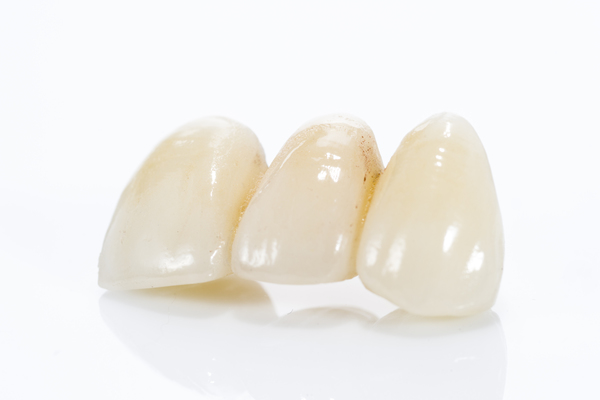Should I Get Partial Denture or a Bridge?

Are you considering replacing your teeth through a partial denture? If so, then this article may be helpful to you. Partial dentures are a great option for someone that is in need of tooth replacement, but there are also other methods worth considering. Dental bridges are permanent artificial teeth that are attached to other existing teeth within the mouth.
Both partial dentures and dental bridges can help restore your chewing, smiling and even speaking. A lot of people experience difficulties day to day when they have missing teeth, but thankfully, there are a lot of procedures that one can have in order to fix this.
Now, the question is: Which is better? A partial denture or a dental bridge? Read on to find out.
Partial dentures or bridges?
First and foremost, let us discuss what partial dentures and dental bridges actually are.
Partial dentures
Unlike traditional, full dentures, partial ones are removable and attachable. They are only needed when a person has some missing teeth, not all. Typically, a person that needs partial dentures still has a few natural teeth remaining within their mouth. Often times, people like the option of being able to remove their replacement teeth because they are not necessarily all that natural. Partial dentures allow for removal whenever one desires!
A partial denture looks exactly like gums and teeth but they are not real. They are typically made of a nylon or plastic material that looks very real. The pink acrylic that makes up the gums sits on a person’s real gums and the artificial white teeth replace the missing ones.
Dental bridges
A dental bridge is a piece of artificial teeth that bridges the gap over the missing teeth. Just like partial dentures, bridges too, rely on other surrounding teeth to hold the piece in place. However, with dental bridges, they are cemented onto the other surrounding teeth. The cement holds the bridge in place so that it is secure within the mouth.
In some cases, dental bridges may not have natural teeth to rely on. And, in these cases, the bridge may have to rely on dental crowns or implants to support them. Bridges tend to be made from all sorts of materials including porcelain, gold or even metal alloys.
Which one?
Knowing whether to get partial dentures or dental bridges to replace your missing teeth can be difficult. However, it is most likely that partial dentures will be best for someone that has multiple teeth missing that are all right next to each other, in a row. Partial dentures are easier to replace teeth that are all aligned.
Dental bridges are great for missing teeth that are not necessarily in a row, but that still have natural teeth surrounding the empty gap. Because bridges extend over the empty gap where the missing tooth was, they tend to be more efficient when they have natural, healthy teeth to rely on.
Ultimately, it is best to consult with a dentist. They can evaluate your missing teeth and determine if partial dentures or bridges are best for you.
Contact us today!
If you have questions about bridges or partial dentures, then we can help you. Our trained professionals can help guide you through partial dentures and bridges. Give us a call or stop by our office today.
Are you considering partial dentures in the Hemet area? Get more information at https://hemetdentalcenter.com.
Check out what others are saying about our services on Yelp: Read our Yelp reviews.
Recent Posts
A general dentist will try and save natural teeth when possible. However, in certain circumstances, tooth extraction is either the only option or the most appropriate one for preserving oral health. The following are some key examples of situations where a dentist might recommend a tooth extraction.Sometimes, a tooth is too damaged or decayed to…
Over the years, tooth extraction has become more seamless than it once was. Many advancements have been made, which make the procedure more comfortable and less painful. However, it still helps to know what to expect so you can prepare.Getting a tooth extracted is not as scary as most think. In fact, most extractions only…
There are two types of tooth extractions: simple and surgical. Simple extractions are for teeth that are entirely exposed and can be accessed above the gumline. Surgical extractions require an incision into the gumline or connective tissue. The type a patient needs depends on the cause and state of the tooth. Here are six reasons…
A dental inlay is one of several restorative options available to repair damaged teeth and preserve oral health. When decay, fractures, or wear compromise the strength or structure of a tooth, dentists consider the severity and location of the damage to determine the most appropriate treatment. Understanding the differences between a dental inlay, onlay, filling,…


